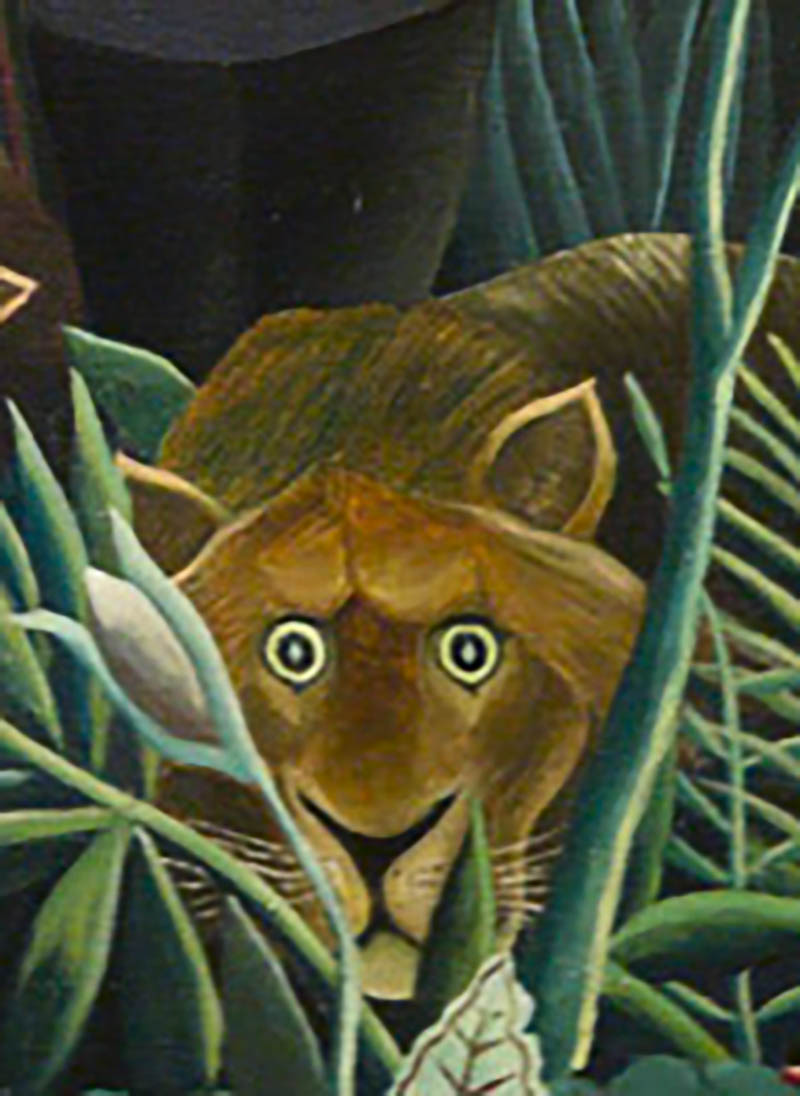
6. Surprise Me
Isn’t it just the worst thing in the world when someone tells you how much you’re going to like something? Fabulous restaurant, you’re going to love it. Or, ‘This is the right kind of dog for you.’ With dogs, and even kids, maybe it’s a good idea to let someone find out what they think about something first. Tesla wasn’t a fussy eater, but she did have her preferences when it came to munchies between meals. If she was with us and we passed one of the local pet stores, I would always take her in to see what she might like. There was nothing better than watching that million-dollar nose suck the air out of box after box of offerings until she found the most subtle, the most delicate of treats. This is how we came to be pretty significant consumers of pig’s ears. Actually, the adults bought them and Tesla consumed them. Crackle, crackle.
I gagged.
Surprisingly, there are not a lot of pieces in classical music written more or less for children, so if you drag your child to a children’s concert here and there, you’re going to run into most of them before long. Which can be a shame: there’s likely to be someone up on the stage who’s going to explain the music to the children, you, and, if you’re outdoors somewhere, your pooch. Someone might have even written cute, adult-ish poetic, condescending introductions which simply won’t die — yes Ogden Nash, I’m thinking about you. I realize this was written before the threat of global warming became so real, but imagine this:
“Amid the mastodontic wassail
I caught the eye of one small fossil.
Cheer up sad world, he said, and winked —
“’It’s kind of fun to be extinct.’”
Cringe.
There’s a delightful piece that has the possibility of really appealing to your child’s imagination. I have no idea what your dog is going to feel about it, but I suspect there will be parts that tickle her ears (I’m thinking some of the xylophone stuff.) The piece is Le carnaval des animaux in French and translated as Carnival of the Animals, written in moment of lightness in what otherwise was a serious composer’s very serious approach to music. Camille Saint-Saëns was born just a few years after Brahms and he lived long enough to hear and hate Stravinsky. He also hated Ravel and Debussy. If he had lived long enough he would have hated the Beatles. He was so serious and buttoned-up that he refused to have Carnival of the Animals published until after his death, fearing people would think he wasn’t as serious a composer as the face he offered the world. Carnival wasn’t heard until the 1920s and, irony of ironies, soon became the best-known of all of Saint-Saën’s work.
Here we run into the crux of why it can be difficult to get people and pets and kids into the world of classical music. Right now I’d just love to come over to your place, or have you over to mine, and prevent someone and everyone from telling you what each of these 14 pieces are ‘about.’
I don’t want anyone to tell you or your kids or Arff over here which of these is supposed to be a lion or a tortoise or a fish. I’m so much more enthusiastic about having you play these one at a time without saying the name of the cut, and you asking your kid, ‘What do you think that was?’ Or you could even offer a little, tiny hint, and ask, ‘What kind of animal might that have been?’ Or ‘Where do you think that was?’

And once again I’m going to plead with you not to find this work on Spotify or some other streaming service that doesn’t really care about classical music, and scrambles it all into a mess with wrong tags, wrong order, and a poor selection of performances.
Saint-Saëns wrote Carnival for a small and unusual group of ten or eleven instruments, two of which are pianos. Because the work became just the kind of sure-fire thing you could throw into a children’s orchestra concert, the instrumentation for the piece has grown and grown until one can run into Carnival plunking along with up to 100 players. Way too rich! If you were to feed your pooch Sachertorte for breakfast lunch and dinner I can assure you they will not only come to hate Sachertorte, there’s good chance their esteem for you may also become diminished.
Same for music written for just a handful of players, playing in a smallish hall, and meant to be close to the audience, instead being played by 100 people in a vast orchestra in some huge barn of a hall. Once again, choosing the right recording is as important as anything else you do if you have any hope of being successful in whetting the musical appetite of your little beloved. The best recording I’ve been able to find recently is one by the delightful English and Italian conductor Antonio Pappano who has put together a group of just ten (wonderful) musicians who make each color of the Carnival vivid and distinct. The musicians are from the Accademia di Santa Cecelia in Rome, and Pappano also plays one of the two piano parts. This recording can be found on Idagio and there is no narrator to muck up the works.
Once you’ve had a chance to go through as many sections of the piece as your child has the attention for, you can make your own judgements as to what the music for “Long-Eared Animals” was all about. And if you were careful enough to not even tell your dog or your child: “Uh-oh. Here comes a lion,” you will have learned something new about your beloved and they will have established a lifelong attachment to some beautiful music.
